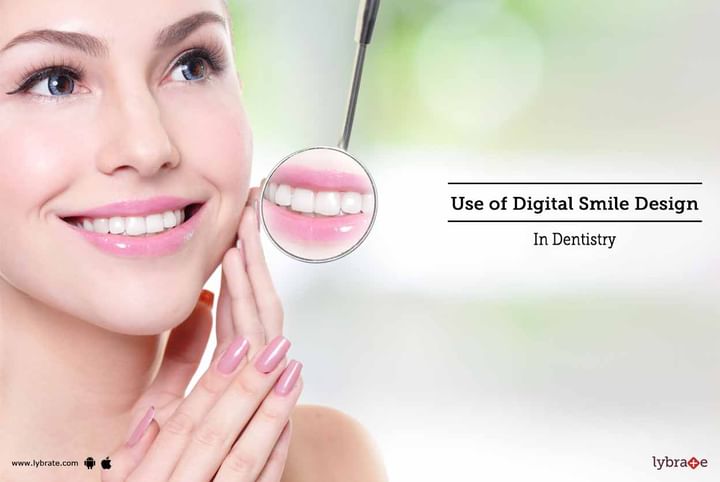Use Of Digital Smile Design in Dentistry
While there are people who care too much for their hair and skin, they do not realize that the most important aspect of beauty lies elsewhere. Ask any artist and the most beautiful thing, according to most of them, would be a good, warm, heartfelt smile. It connects two people as nothing else can.
And if anybody has had a bad time, a warm, genuine smile is the best curve that sets a lot of things straight.
Given its artistic, emotional, and cosmetic value, there are people who have defined how the perfect smile should be and how to achieve that. Some of the aspects leading to a good smile are:
- Shape of the teeth
- Size of the teeth
- Contour of the jaws
- Angle formed by the lips when they open up during a smile
- Proportion between width of the eyes
- Distance between the eyes
- Width of the mouth
Not all of these can be modified, but there are small changes, which can be made, thereby improving your smile significantly.
Dentists and dental lab technicians who create and form artificial teeth realized this. One such person, Mr. Christian Coachman, a ceramician, developed this concept of digitally designing a smile to ensure it produces the best results. He was involved in making ceramic crowns and chanced upon this idea. It involves the following:
- A series of digital images (photos and videos) of the patient are taken.
- They are transferred to the computer and the abovementioned features are analyzed.
- Features like the angle of the mouth, the size of the teeth, etc. are manipulated to see what would produce a good smile.
- A smile with better dimensions is created.
- A second opinion is sought from multiple other cosmetic dentists (a badly designed smile can be catastrophic!!).
- These inputs are incorporated and a smile is then digitally produced.
- The patient is shown these images and changes (if any) are made.
- The smile is reconstructed and a trial is conducted.
- Final processing is then done.
Benefits:
This multidisciplinary team approach produces very good results and the benefits include the following:
- Trials can be done before finalizing on a smile.
- Patients have the liberty to alter and choose a smile that suits their face.
- It improves the cosmetic value of a person.
- It improves feelings of self-esteem and confidence.
- No special equipment is required as it is mostly done with whatever equipment is already available in the dental office, except for a good camera.
Given its major impact on both the beauty and the psychological aspects, DSD is gaining more popularity and is being sought by patients, who feel they can smile right!!



+1.svg)
